Choosing the right garden park lighting scheme requires balancing functionality, aesthetics, and sustainability while matching the park’s unique landscape features and user needs. It’s not a one-size-fits-all process, but a step-by-step alignment with core goals.
1: Clarify Core Objectives and User Needs
First, define the primary purpose of the lighting, as this determines the direction of the entire scheme. Different needs lead to completely different design focuses.
-
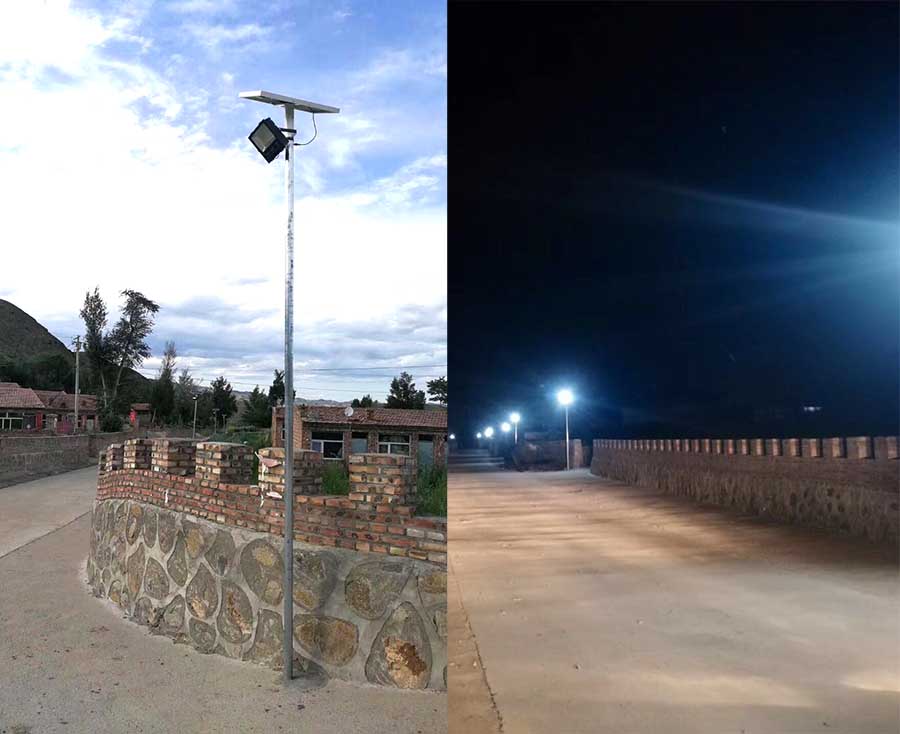
Safety Priority
If the park is mainly used for night walking, fitness, or parent-child activities, prioritize uniform illumination for paths, stairs, and square areas. Avoid dark corners to prevent tripping or other safety hazards.
-
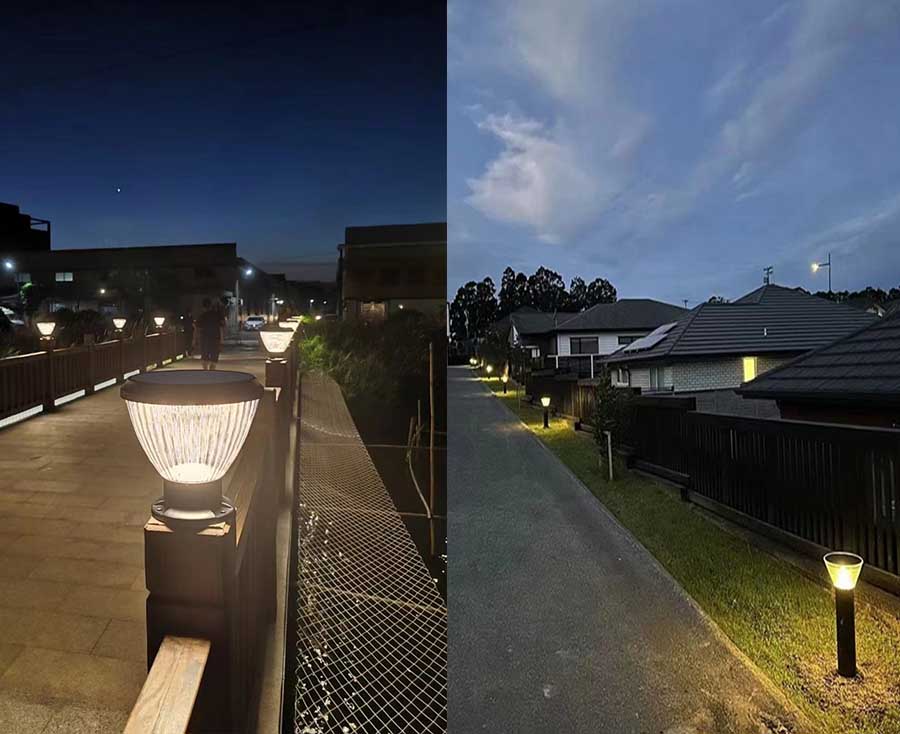
Atmosphere Creation
For scenic parks or romantic-themed gardens, focus on light and shadow art—use soft, dynamic lighting to highlight landscapes like water features, sculptures, or flower beds, and avoid overly bright lights that break the mood.
-
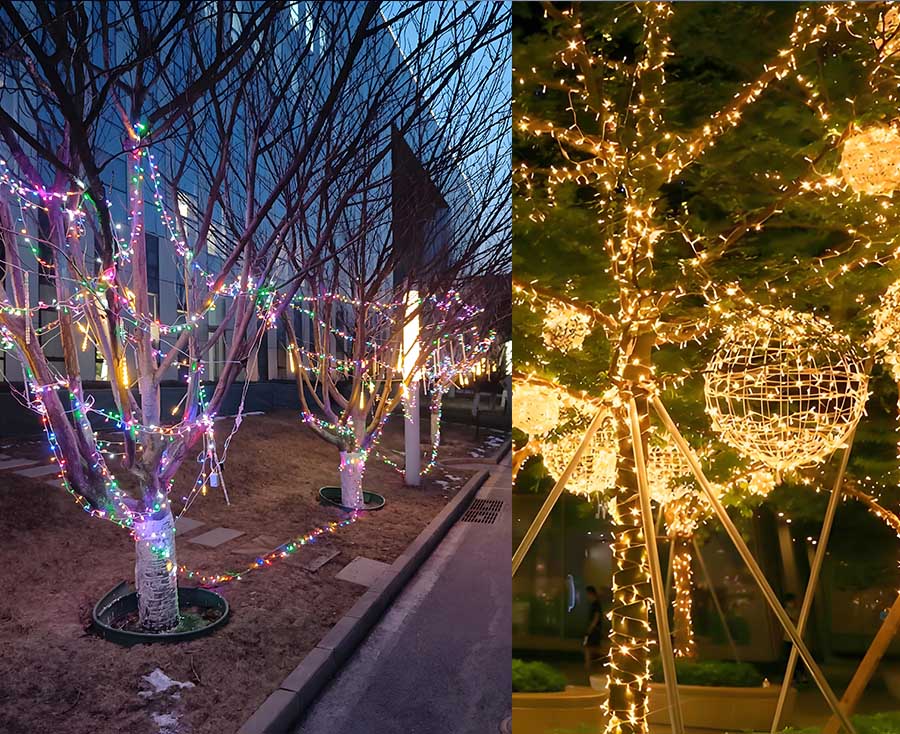
Functional + Decorative Combination
For comprehensive community parks, balance both.
Ensure basic path safety while adding decorative elements (e.g., string lights on trees) to enhance the leisure vibe.
2: Match Lighting to Landscape Elements
Different landscape components require targeted lighting methods to highlight their characteristics without causing visual confusion.
| Landscape Element |
Recommended Lighting Type |
Key Requirements |
| Paths & Walkways |
Path lights, low bollard lights |
Height: 0.8–1.5m; Light: Soft, non-glaring; Spacing: 3–5m (ensure no dark gaps) |
| Water Features (fountains, lakes) |
Underwater lights, flood lights |
Waterproof rating ≥ IP68 (for underwater); Use color-changing LEDs to enhance water dynamics |
| Trees & Plants |
Ground uplights, string lights |
For tall trees: Uplights (highlight trunks/canopies); For low shrubs: Low-power ground lights (avoid overexposure) |
| Sculptures & Architecture |
Spotlights, projection lights |
Use 1–2 spotlights (30°–60° beam angle) to highlight textures; Avoid full illumination (leave partial shadows for depth) |
| Squares & Activity Areas |
Flood lights, overhead lights |
Brightness: 100–200lux; Uniform coverage (no uneven light spots); Dimmable (reduce brightness during non-peak hours) |
3: Adhere to Energy-Saving and Environmental Principles
Sustainable lighting reduces long-term operating costs and minimizes light pollution.
- Choose Efficient Light Sources: Prioritize LED lights—they have 80% higher energy efficiency than incandescent bulbs and a lifespan of 50,000+ hours, reducing replacement frequency.
- Adopt Intelligent Controls: Install light sensors (auto-on at dusk, auto-off at dawn) and motion sensors (brighten when people/vehicles pass, dim when idle) to cut unnecessary energy use.
- Avoid Light Pollution: Use shielded fixtures (prevent light from scattering upward) and control brightness—e.g., keep path light brightness ≤ 50lux to avoid disrupting nearby residents or wildlife.
4: Consider Practical Factors (Installation & Maintenance)
The scheme must be feasible for long-term use, not just visually appealing.
-
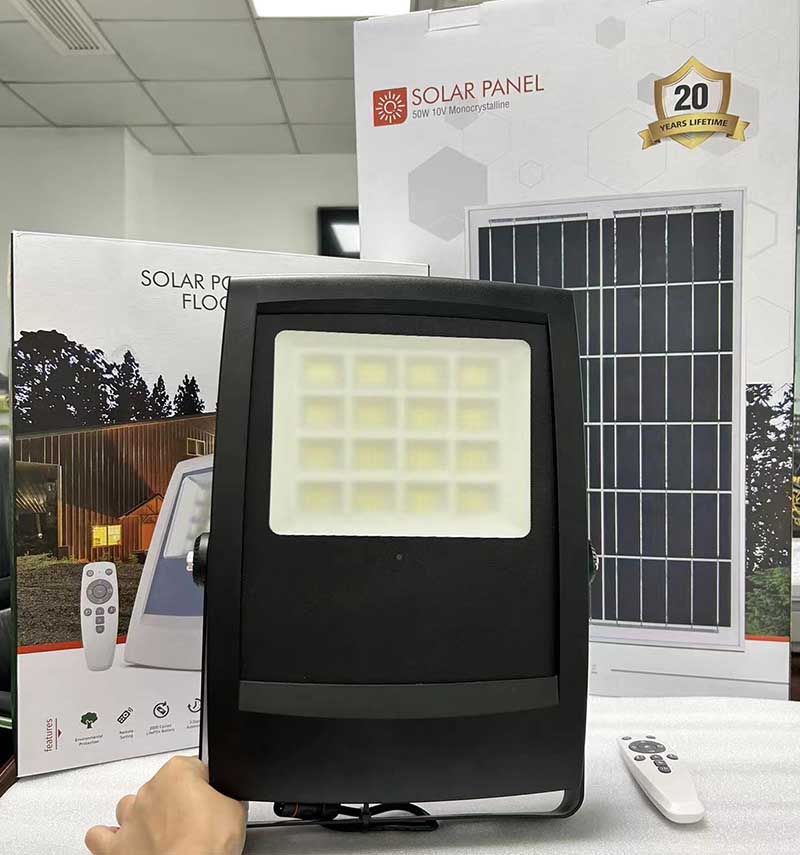
Power Supply
For remote park areas (far from the grid), use solar-powered lights (e.g., solar path lights, solar flood lights) to avoid expensive wiring. For centralized areas, use grid power with buried cables (prevent tripping).
-
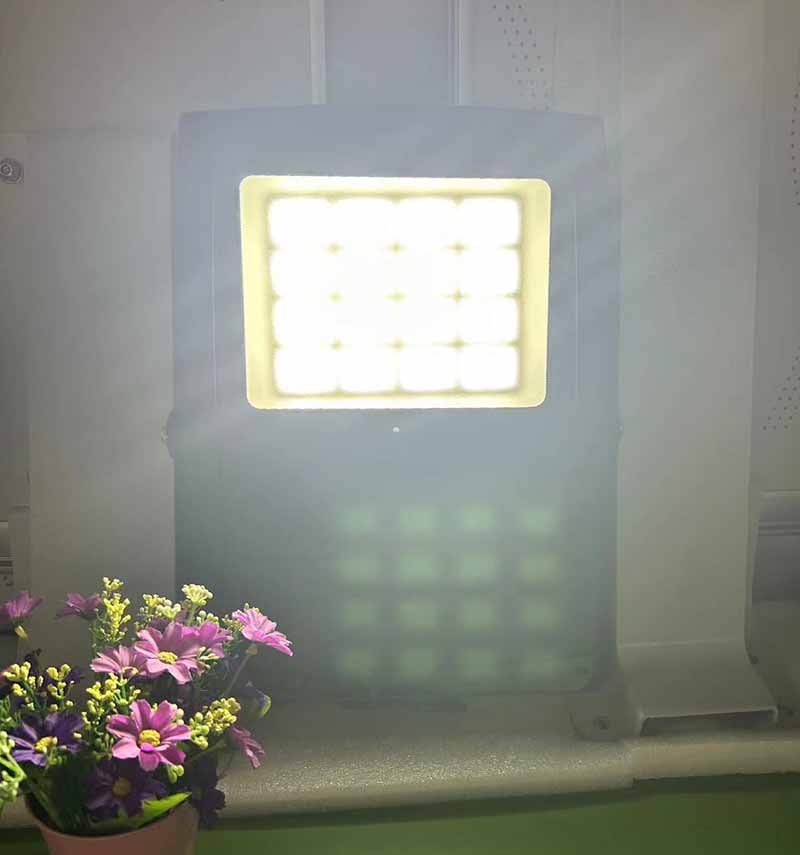
Durability
Select fixtures with weather-resistant materials (e.g., aluminum alloy shells, tempered glass) and a protection rating ≥ IP65 to withstand rain, wind, or high temperatures.
-
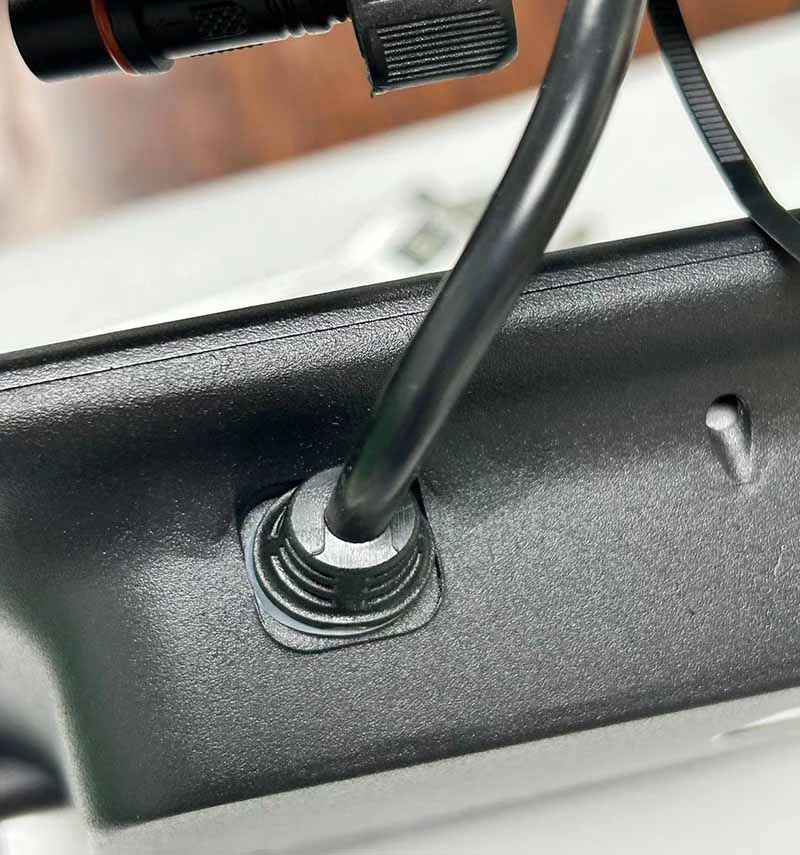
Easy Maintenance
Choose modular fixtures (easy to replace parts like bulbs or batteries) and avoid overly complex designs (e.g., hard-to-reach high-altitude lights) that increase maintenance difficulty.
5: Test and Adjust Based on On-Site Conditions
Before finalizing the scheme, conduct a small-scale test to avoid mistakes.
- Use temporary lighting to simulate the effect (e.g., test path light spacing or sculpture spotlight angles) and check for glare, dark spots, or mismatched atmospheres.
- Collect feedback from users (e.g., residents, park managers) and adjust—for example, if elderly users complain about dim paths, increase path light brightness slightly.







